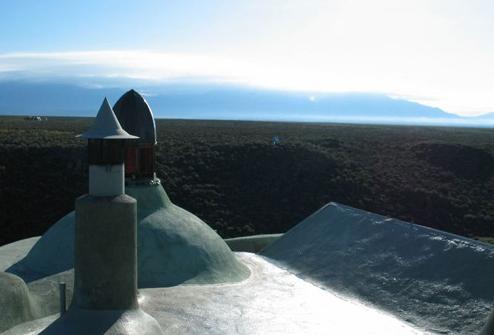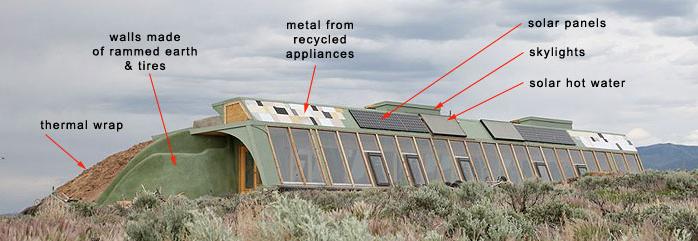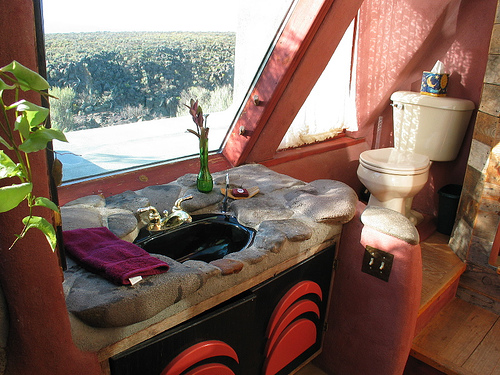 Image used by permission of Earthship
Image used by permission of Earthship
Made from recycled materials and running on renewable energy, the astonishing buildings known as Earthships offer an extraordinarily green form of domestic living. Perhaps the strangest of them all is the Nautilus Earthship, a design based on the Fibonacci sequence, as seen in the Nautilus sea shell!
 Image used by permission of Earthship
Image used by permission of Earthship
 Image used by permission of Earthship
Image used by permission of Earthship
 Image used by permission of Earthship
Image used by permission of Earthship
 Image used by permission of Earthship
Image used by permission of Earthship
 Image used by permission of Earthship
Image used by permission of Earthship

An annotated diagram of a Global Model Earthship. Image used by permission of Earthship
The basic building blocks of the Earthships are recycled rubber car tires, which are packed with compacted earth and sealed in steel-belted rubber to form thick, solid walls. Also used in the process are bottles and cans, while shredded plastic is used alongside gravel in the sewage systems.
Image used by permission of Earthship
The building catches rain water and allows it to be used up to four times. All the energy needed for the house is captured by solar panels and wind turbines, while all sewage produced can be treated and reused for food production. Through these means the mystery as to how water, electricity and sewage arrive and depart from the home vanishes, reconnecting the inhabitants with the environment — something that the Earthship community calls “direct living,” as people are put back into synchrony with the planet’s rhythm. Image used by permission of Earthship
Image used by permission of Earthship

Image used by permission of Earthship
Many of the Earthships are built into the ground, meaning that living in them is comparable to living in a cave. However, whereas a cave is insulated by its mass, the Earthships are also heated by the sun. Unlike most designs, the Nautilus is entirely above ground, as it sits on lava rock. Because of this, it is veneered with straw bales for extra insulation.

Image used by permission of Earthship
In an interview with spiritofmaat.com, Michael Reynolds, the primary architect of the Earthships, described the reactions that the Nautilus receives: “Some people are scared off by the Nautilus. It looks too fairytale and too strange. Some people want just a simple-looking house that makes no statement at all. Some want their house to look like everyone else’s. And for a long time we didn’t care what they looked like — we just wanted them to work.
 Image used by permission of Earthship
Image used by permission of Earthship